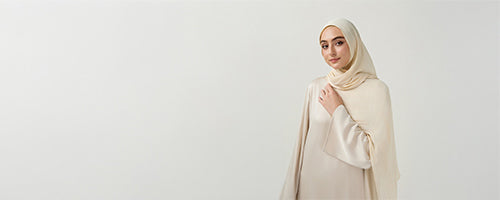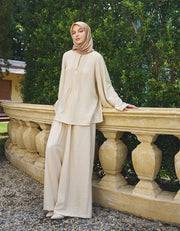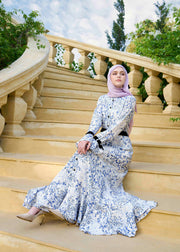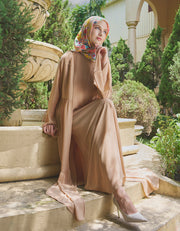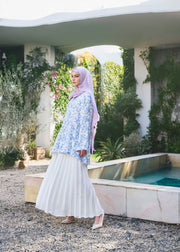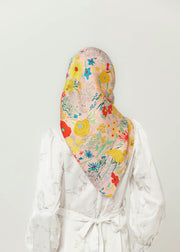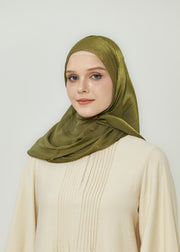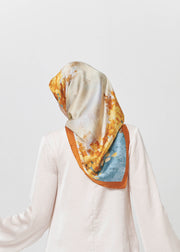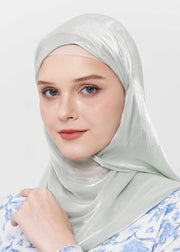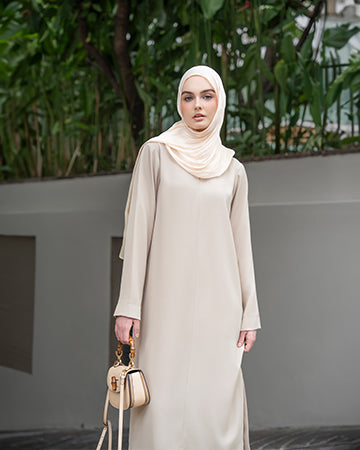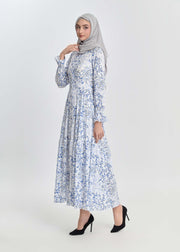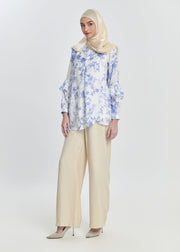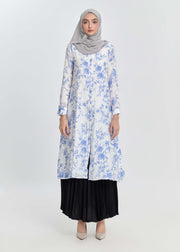The Role of Abaya in Traditional Islamic Fashion
The abaya in Islamic fashion is more than just a garment; it is a cultural and spiritual expression deeply rooted in tradition. For centuries, Muslim women have embraced the abaya as a symbol of modesty, identity, and elegance. While fashion trends evolve, the abaya continues to hold a timeless role in Islamic attire, balancing heritage with modern-day style.
In this article, we will explore the cultural significance of the abaya, its place in traditional Islamic fashion, and how it continues to adapt in today’s global modest fashion scene.
What Is an Abaya?
An abaya is a long, flowing robe traditionally worn by Muslim women, particularly in the Middle East and North Africa. Usually in black, the abaya covers the body except for the face, hands, and feet. The primary purpose is modesty, in line with Islamic principles of dress.
However, the abaya is not only a religious garment; it has also become a versatile symbol of cultural pride. From weddings to everyday wear, the abaya reflects both faith and fashion.

What Is an Abaya?
The Abaya in Traditional Islamic Fashion
In traditional Islamic societies, the abaya plays a central role in modest dressing. Historically, it was worn as a simple, plain garment without much decoration. The idea was to prioritize humility and modesty, reflecting spiritual devotion.
Over time, the abaya in Islamic fashion has evolved while still retaining its modest essence. Today, it represents:
-
Modesty and privacy: Helping women align with Islamic values of covering the body.
-
Cultural heritage: A marker of Islamic identity across generations.
-
Social status: In some cultures, decorated abayas with embroidery or luxury fabrics indicate wealth and social class.
Thus, the abaya is not merely clothing; it is a cultural statement woven into Islamic tradition.

The Abaya in Traditional Islamic Fashion
Styles of Abaya in Traditional Wear
While black remains the classic choice, traditional abayas come in a range of styles that reflect regional diversity:
-
Plain Black Abaya – The most common, symbolizing simplicity and modesty.
-
Embroidered Abaya – Features intricate stitching on sleeves or hems, often worn at formal events.
-
Kaftan-Style Abaya – Loose and wide, popular in Morocco and parts of North Africa.
-
Jilbab-Inspired Abaya – Longer and layered, combining influences from other Islamic garments.
Each variation reflects cultural roots while serving the same purpose of modest dressing.

Styles of Abaya in Traditional Wear
Symbolism of the Abaya
The abaya carries symbolic weight in Islamic fashion:
-
Faith: Wearing it signifies devotion and adherence to religious values.
-
Community: It connects women to a broader Muslim identity worldwide.
-
Elegance: Despite its simplicity, the abaya has long been associated with grace and dignity.
This symbolism has ensured the abaya remains relevant even as fashion trends change.
Modern Interpretations of the Abaya in Islamic Fashion
While rooted in tradition, the abaya today is also part of the global modest fashion movement. Designers are reimagining the abaya with new fabrics, colors, and cuts, making it appealing to younger generations.
Examples of modern updates include:
-
Pastel-colored abayas for a softer, contemporary look.
-
Open-front abayas paired with modest dresses underneath.
-
Luxury fabrics like chiffon or silk for formal occasions.
-
Street-style abayas blending modesty with urban fashion.
These modern variations show how the abaya continues to bridge tradition and modernity in Islamic fashion.

Modern Interpretations of the Abaya in Islamic Fashion
The Abaya Beyond the Middle East
The abaya is no longer limited to the Gulf region. With the rise of online modest fashion stores, Muslim women worldwide now adopt the abaya as part of their wardrobe. In Western countries, many women wear it to preserve cultural roots, celebrate religious identity, or simply embrace modest elegance.
This global reach highlights the abaya’s adaptability and enduring role in Islamic fashion.
Conclusion
The abaya in Islamic fashion stands as one of the most enduring garments in Muslim culture. Its role in traditional fashion is rooted in modesty, spirituality, and cultural identity. While its styles may evolve with modern influences, the essence of the abaya remains unchanged: a timeless symbol of grace and modesty.
For Muslim women today, the abaya is not just traditional attire but also a bridge between heritage and contemporary style. As modest fashion continues to grow globally, the abaya will remain a centerpiece of Islamic fashion for generations to come.
Explore elegant abaya collections and more modest fashion inspirations at Minnaba.

